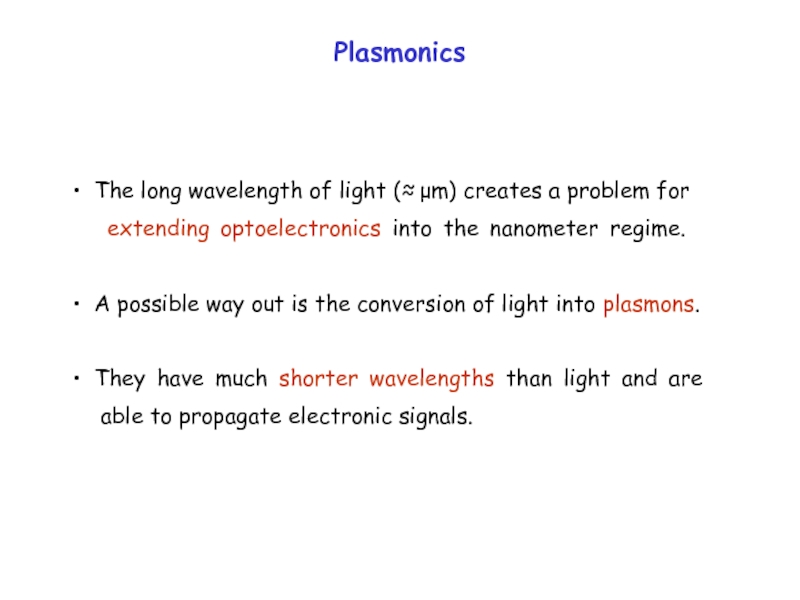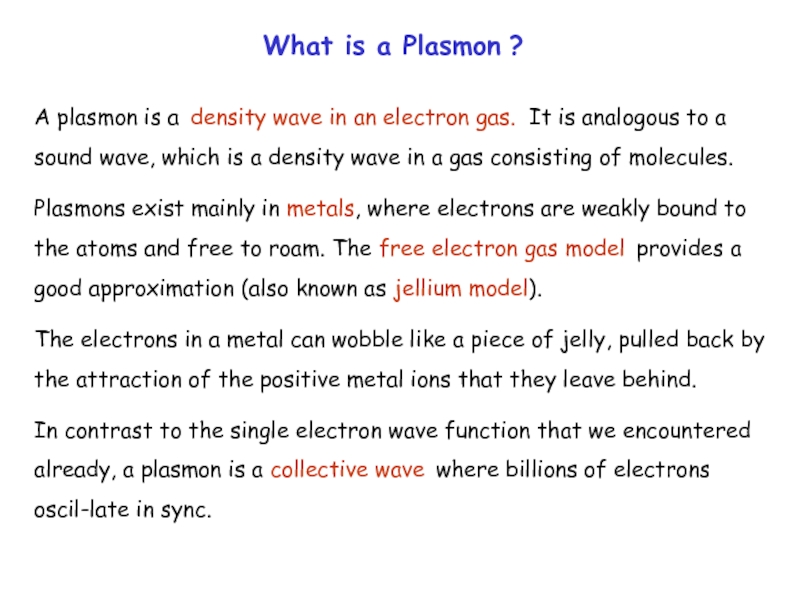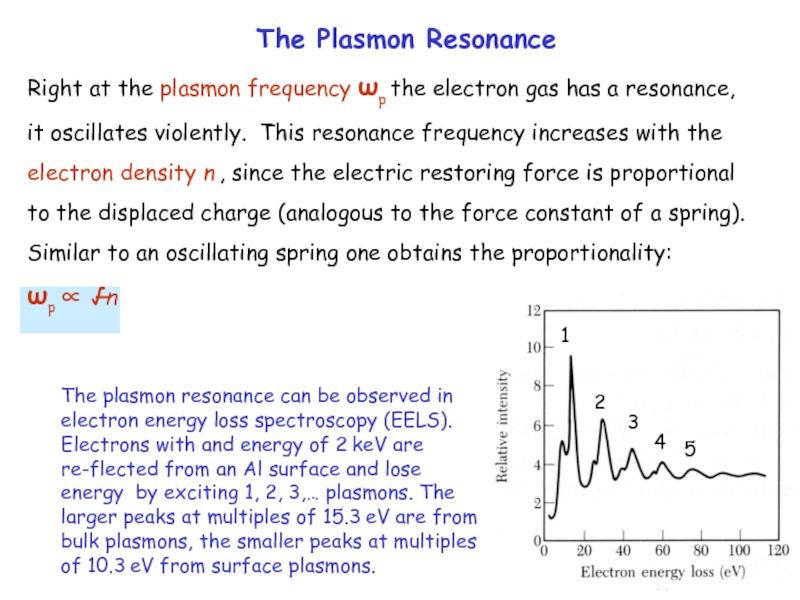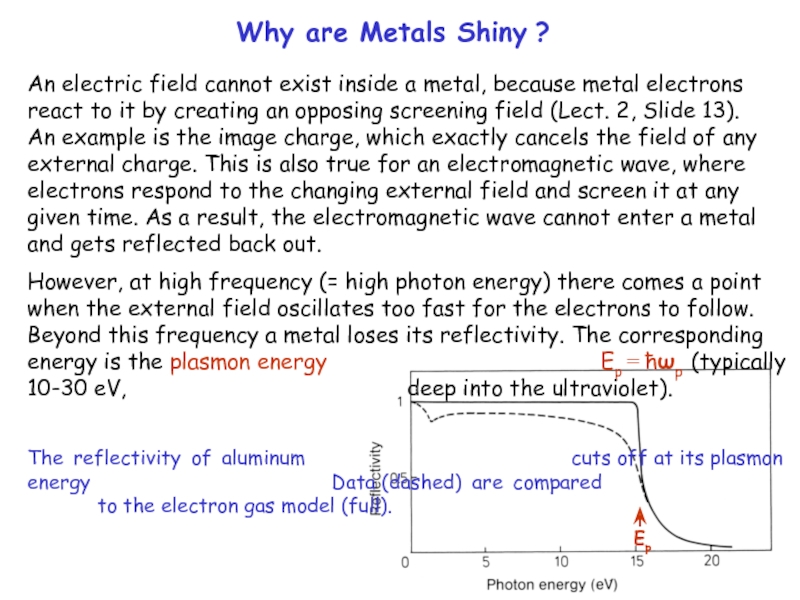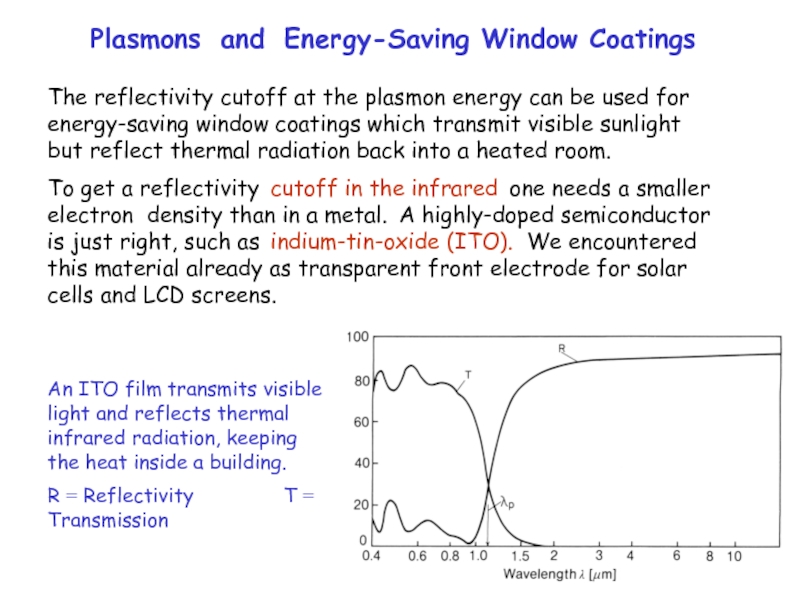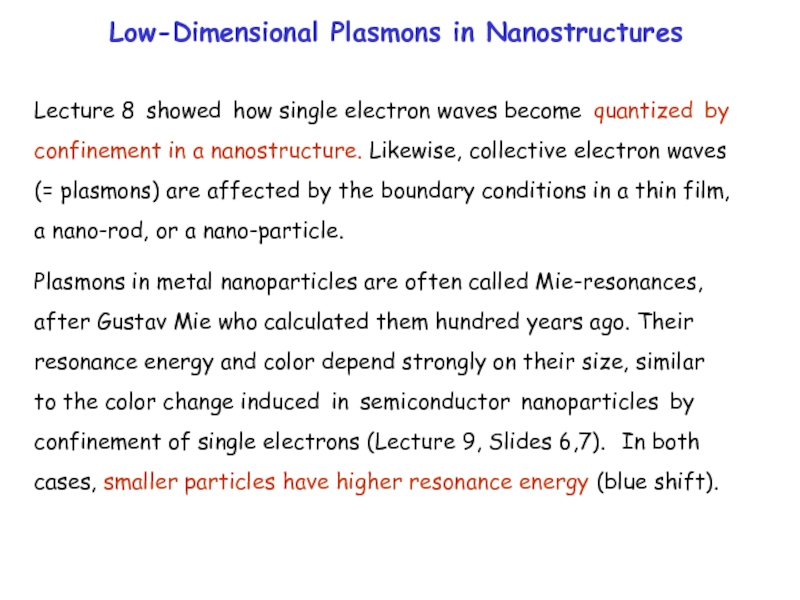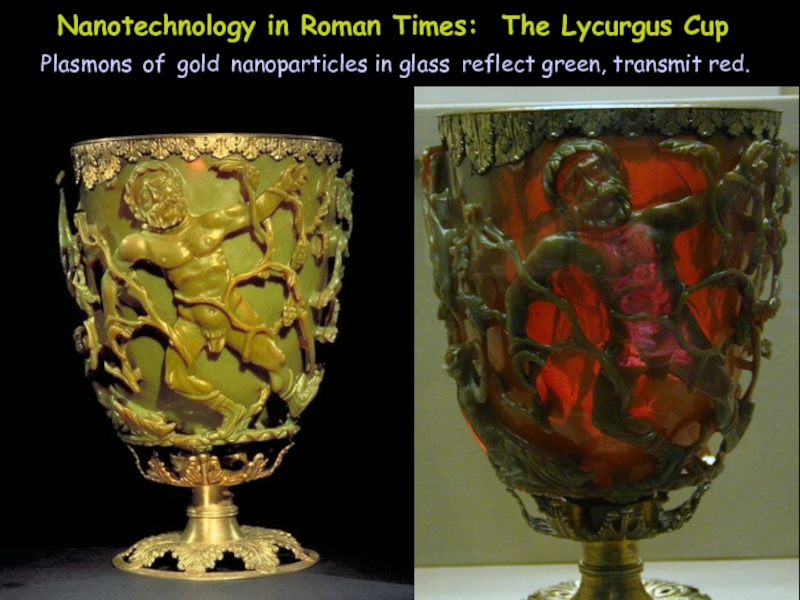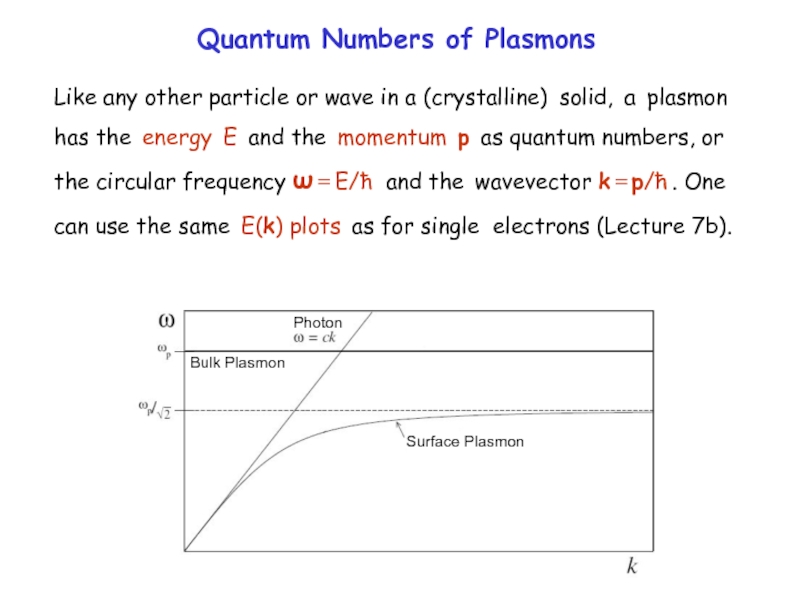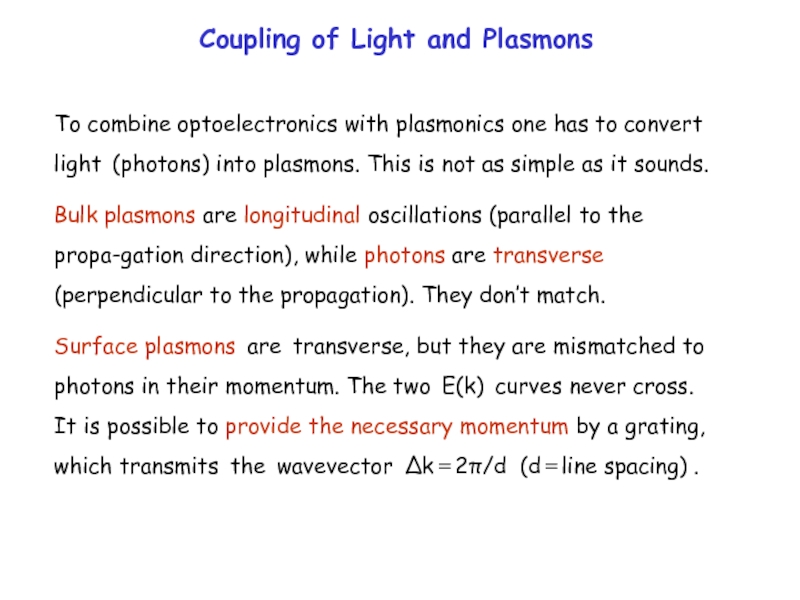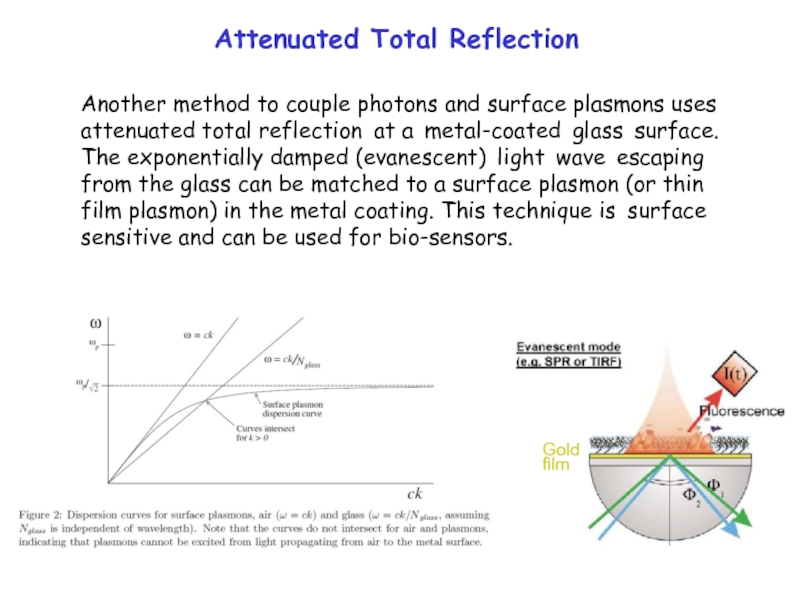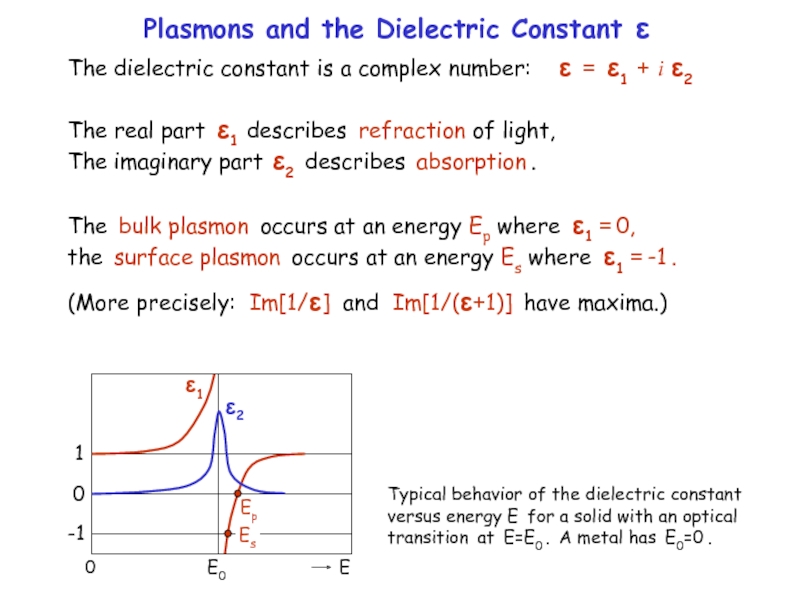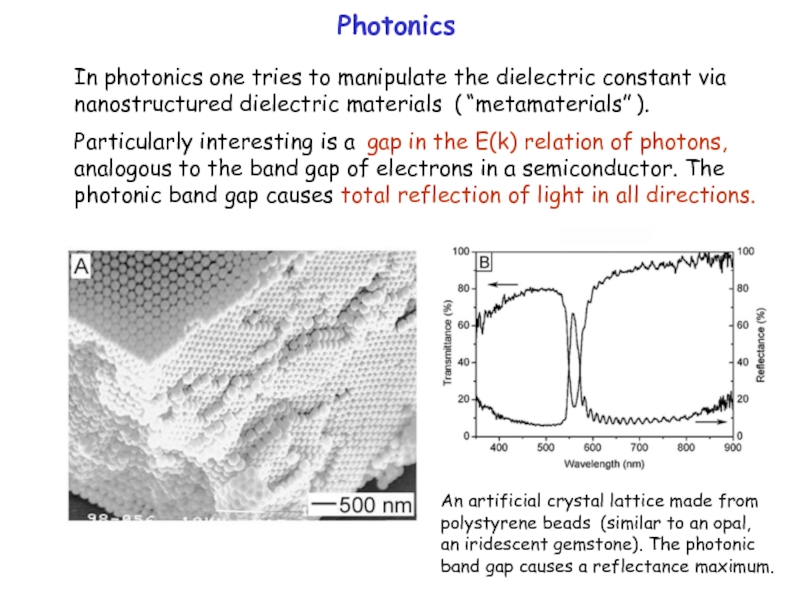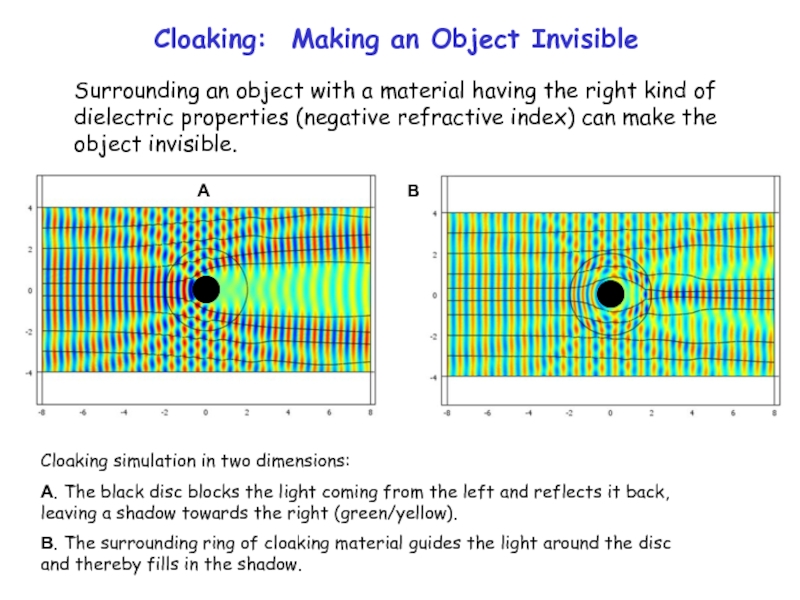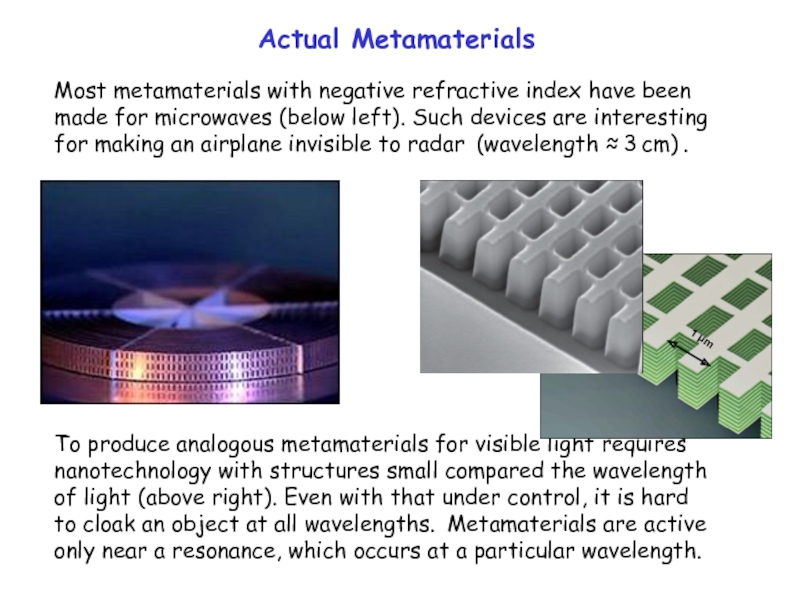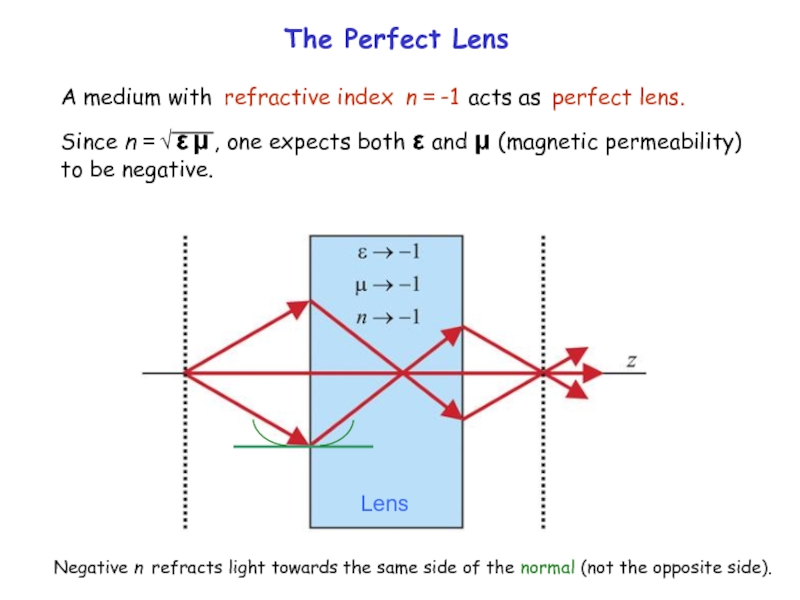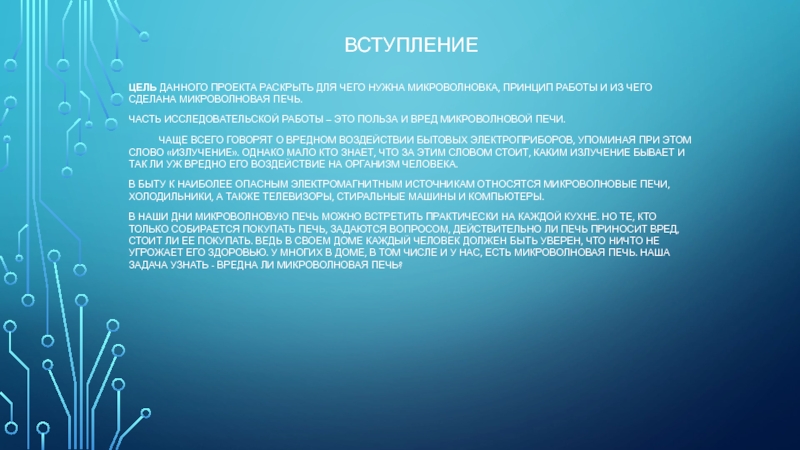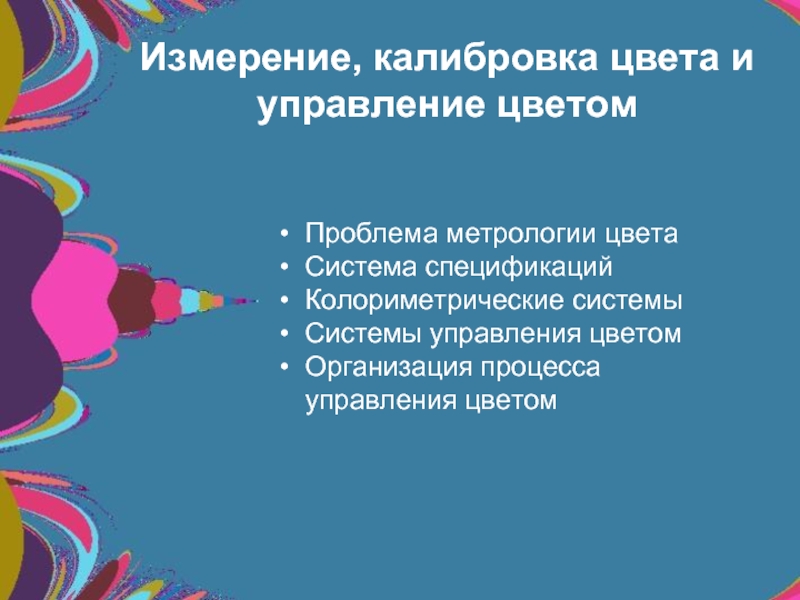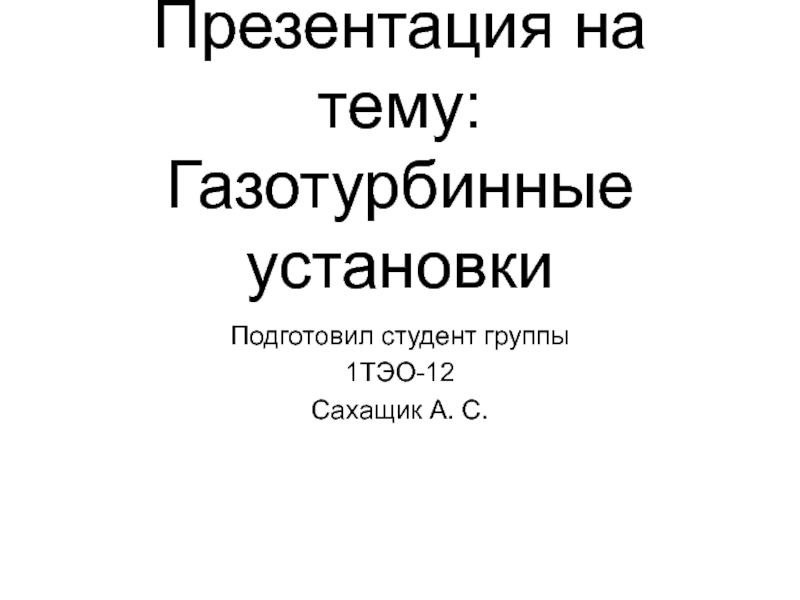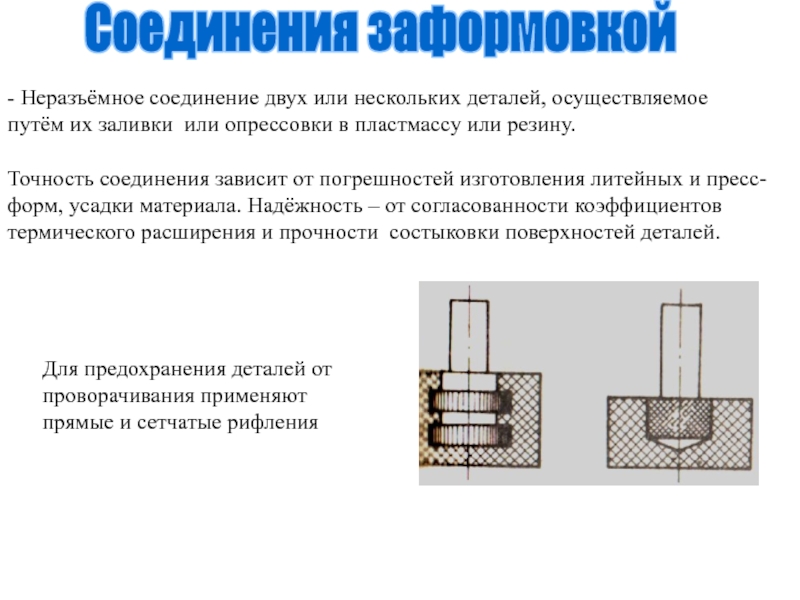- Главная
- Разное
- Дизайн
- Бизнес и предпринимательство
- Аналитика
- Образование
- Развлечения
- Красота и здоровье
- Финансы
- Государство
- Путешествия
- Спорт
- Недвижимость
- Армия
- Графика
- Культурология
- Еда и кулинария
- Лингвистика
- Английский язык
- Астрономия
- Алгебра
- Биология
- География
- Детские презентации
- Информатика
- История
- Литература
- Маркетинг
- Математика
- Медицина
- Менеджмент
- Музыка
- МХК
- Немецкий язык
- ОБЖ
- Обществознание
- Окружающий мир
- Педагогика
- Русский язык
- Технология
- Физика
- Философия
- Химия
- Шаблоны, картинки для презентаций
- Экология
- Экономика
- Юриспруденция
Plasmonics презентация
Содержание
- 1. Plasmonics
- 2. What is a Plasmon ?
- 3. The Plasmon Resonance The plasmon
- 4. Why are Metals Shiny ?
- 5. Plasmons and Energy-Saving Window Coatings
- 6. Low-Dimensional Plasmons in Nanostructures
- 7. Nanotechnology in Roman Times: The
- 8. Quantum Numbers of Plasmons Like
- 9. Coupling of Light and Plasmons
- 10. Attenuated Total Reflection Another method
- 11. Plasmons and the Dielectric Constant
- 12. Photonics In photonics one tries
- 13. Cloaking: Making an Object Invisible
- 14. Actual Metamaterials Most metamaterials with
- 15. The Perfect Lens Negative n
Слайд 1
Plasmonics
The long wavelength of light (≈ μm) creates a problem
extending optoelectronics into the nanometer regime.
A possible way out is the conversion of light into plasmons.
They have much shorter wavelengths than light and are
able to propagate electronic signals.
Слайд 2
What is a Plasmon ?
A plasmon is a density wave in
Plasmons exist mainly in metals, where electrons are weakly bound to the atoms and free to roam. The free electron gas model provides a good approximation (also known as jellium model).
The electrons in a metal can wobble like a piece of jelly, pulled back by the attraction of the positive metal ions that they leave behind.
In contrast to the single electron wave function that we encountered already, a plasmon is a collective wave where billions of electrons oscil-late in sync.
Слайд 3
The Plasmon Resonance
The plasmon resonance can be observed in electron energy
Слайд 4
Why are Metals Shiny ?
An electric field cannot exist inside a
However, at high frequency (= high photon energy) there comes a point when the external field oscillates too fast for the electrons to follow. Beyond this frequency a metal loses its reflectivity. The corresponding energy is the plasmon energy Ep = ħωp (typically 10-30 eV, deep into the ultraviolet).
The reflectivity of aluminum cuts off at its plasmon energy Data (dashed) are compared to the electron gas model (full).
Слайд 5
Plasmons and Energy-Saving Window Coatings
The reflectivity cutoff at the plasmon energy
To get a reflectivity cutoff in the infrared one needs a smaller electron density than in a metal. A highly-doped semiconductor is just right, such as indium-tin-oxide (ITO). We encountered this material already as transparent front electrode for solar cells and LCD screens.
An ITO film transmits visible light and reflects thermal infrared radiation, keeping the heat inside a building.
R = Reflectivity T = Transmission
Слайд 6
Low-Dimensional Plasmons in Nanostructures
Lecture 8 showed how single electron waves
Plasmons in metal nanoparticles are often called Mie-resonances, after Gustav Mie who calculated them hundred years ago. Their resonance energy and color depend strongly on their size, similar to the color change induced in semiconductor nanoparticles by confinement of single electrons (Lecture 9, Slides 6,7). In both cases, smaller particles have higher resonance energy (blue shift).
Слайд 7
Nanotechnology in Roman Times: The Lycurgus Cup
Plasmons of gold nanoparticles in
Слайд 8
Quantum Numbers of Plasmons
Like any other particle or wave in a
Слайд 9
Coupling of Light and Plasmons
To combine optoelectronics with plasmonics one has
Bulk plasmons are longitudinal oscillations (parallel to the propa-gation direction), while photons are transverse (perpendicular to the propagation). They don’t match.
Surface plasmons are transverse, but they are mismatched to photons in their momentum. The two E(k) curves never cross. It is possible to provide the necessary momentum by a grating, which transmits the wavevector Δk = 2π/d (d = line spacing) .
Слайд 10
Attenuated Total Reflection
Another method to couple photons and surface plasmons uses
Слайд 11
Plasmons and the Dielectric Constant ε
The dielectric constant is a complex
The real part ε1 describes refraction of light, The imaginary part ε2 describes absorption .
The bulk plasmon occurs at an energy Ep where ε1 = 0, the surface plasmon occurs at an energy Es where ε1 = -1 .
(More precisely: Im[1/ε] and Im[1/(ε+1)] have maxima.)
Typical behavior of the dielectric constant versus energy E for a solid with an optical transition at E=E0 . A metal has E0=0 .
Слайд 12
Photonics
In photonics one tries to manipulate the dielectric constant via nanostructured
Particularly interesting is a gap in the E(k) relation of photons, analogous to the band gap of electrons in a semiconductor. The photonic band gap causes total reflection of light in all directions.
An artificial crystal lattice made from polystyrene beads (similar to an opal, an iridescent gemstone). The photonic band gap causes a reflectance maximum.
Слайд 13
Cloaking: Making an Object Invisible
Surrounding an object with a material having
Cloaking simulation in two dimensions:
A. The black disc blocks the light coming from the left and reflects it back, leaving a shadow towards the right (green/yellow).
B. The surrounding ring of cloaking material guides the light around the disc and thereby fills in the shadow.
A B
Слайд 14
Actual Metamaterials
Most metamaterials with negative refractive index have been made for
To produce analogous metamaterials for visible light requires nanotechnology with structures small compared the wavelength of light (above right). Even with that under control, it is hard to cloak an object at all wavelengths. Metamaterials are active only near a resonance, which occurs at a particular wavelength.
Слайд 15
The Perfect Lens
Negative n refracts light towards the same side of
Lens
